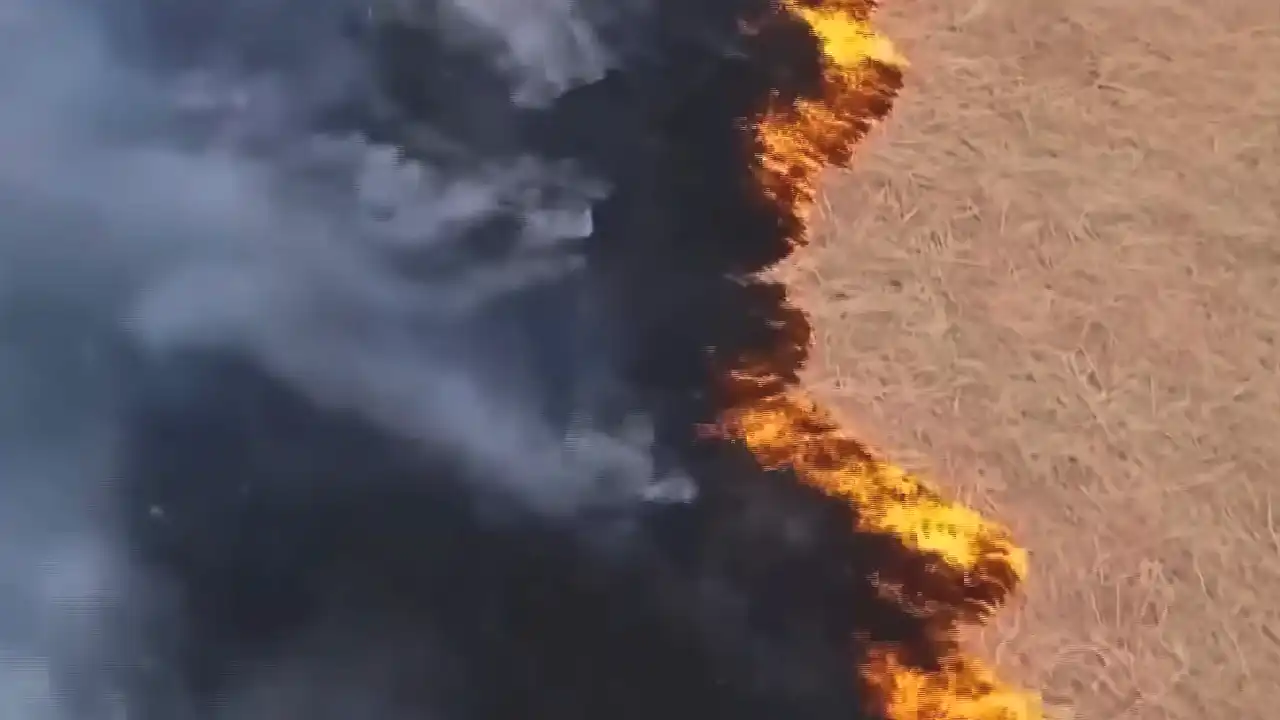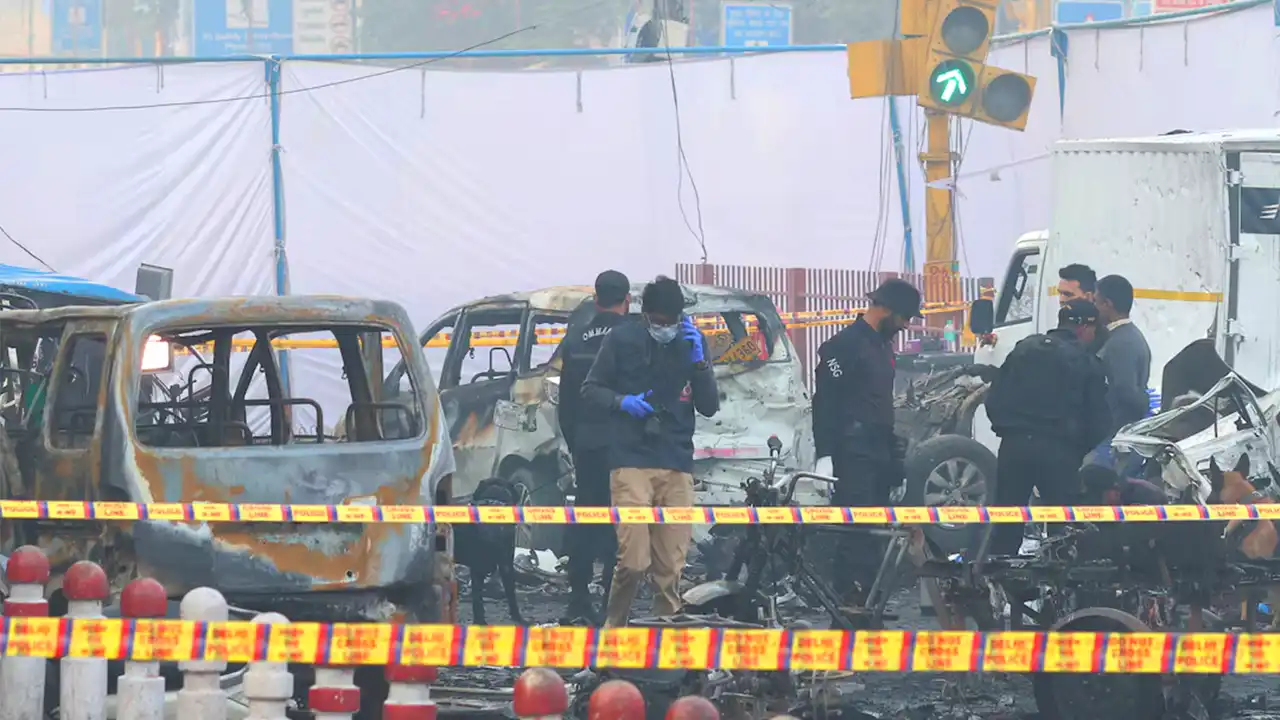New Delhi remains wrapped in toxic haze as smoke from Punjab’s stubble fires mixes with vehicle dust and cold-season stagnation. Air quality reached dangerous levels again Thursday morning, prompting fresh restrictions across the capital – Tribuneindia report.

About 300 kilometers away in Punjab’s Mansa district, paddy fields burn one after another. Farmers clearing land for fast wheat sowing turn to fire as the quickest option. Grey, orange smoke rises across the horizon, dimming sunsets and casting a thick layer of haze over villages.
Farmers say tight deadlines and limited resources leave them with few choices. One village’s 5,500 acres rely on only two Super Seeder tractors — far too few to clear all fields in time. With no workable alternative, many resort to burning. “Punjab’s farmers do not want to burn. But limited machines and money force us. We feel helpless. We do not want to pollute our own air,” several farmers said.
By Thursday morning, New Delhi’s PM2.5 concentration climbed to 423, well beyond the hazardous mark. Vehicles moved with headlights on through dim, smoky streets. Even the historic India Gate stood veiled in dense haze. Grey smog spread up to hospital entrances, slowing daily life across the city.
To manage the crisis, Delhi authorities activated the third stage of the emergency air-quality response plan. Non-essential construction remains halted, with strict limits placed on industrial and transport activity. Still, officials say air quality shows little improvement. They argue the problem runs deeper than equipment shortages; long-standing farm practices add another major barrier.
Read more: Trump Calls BBC a Left-Wing Propaganda Outlet, Files $1 Billion Defamation Suit
Each winter, smoke from stubble fires drifts into the capital’s sky. Cold, heavy air traps dust, vehicle emissions, and agricultural smoke close to the ground. As a result, New Delhi turns into one of the world’s most polluted cities year after year.



